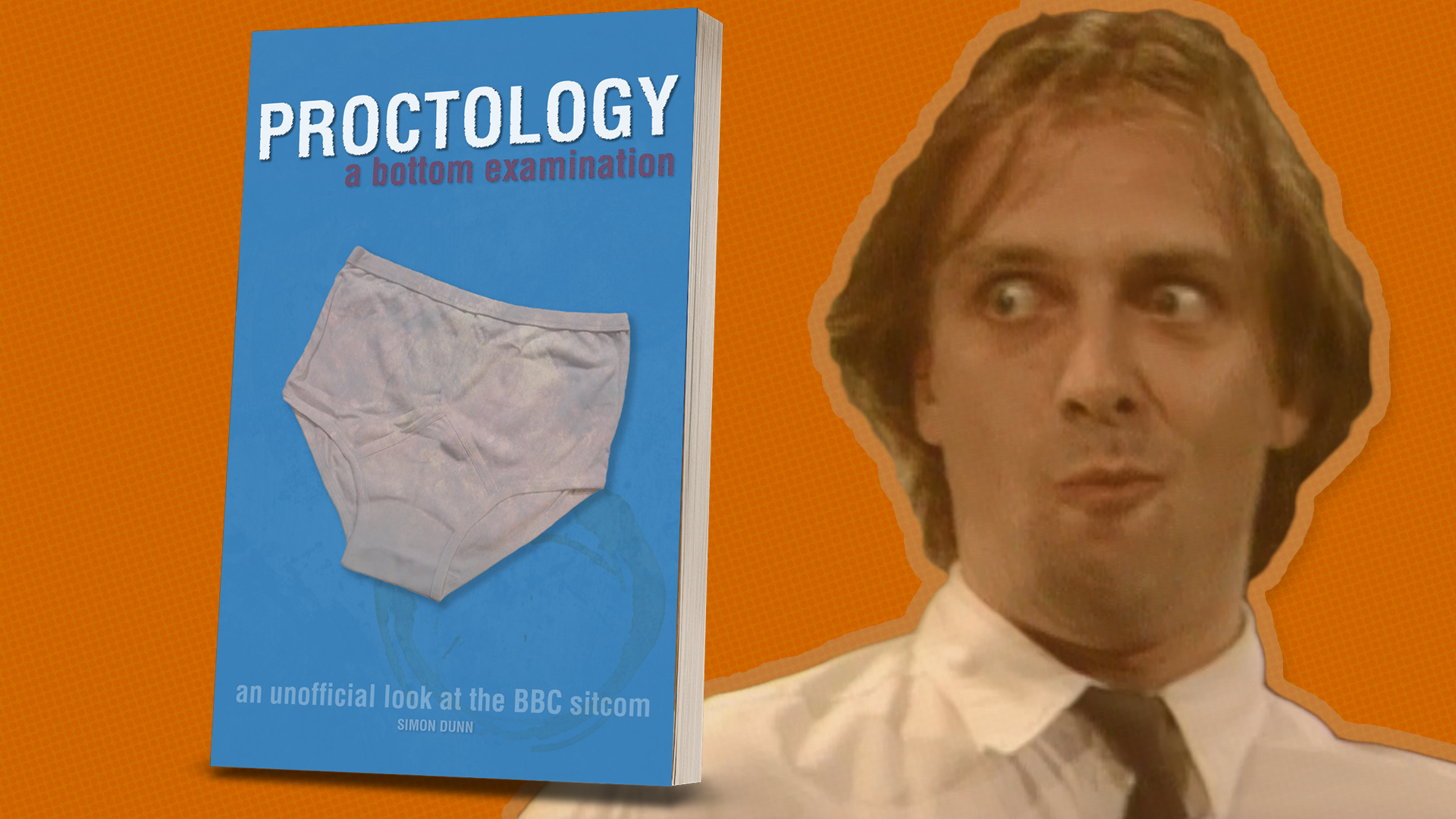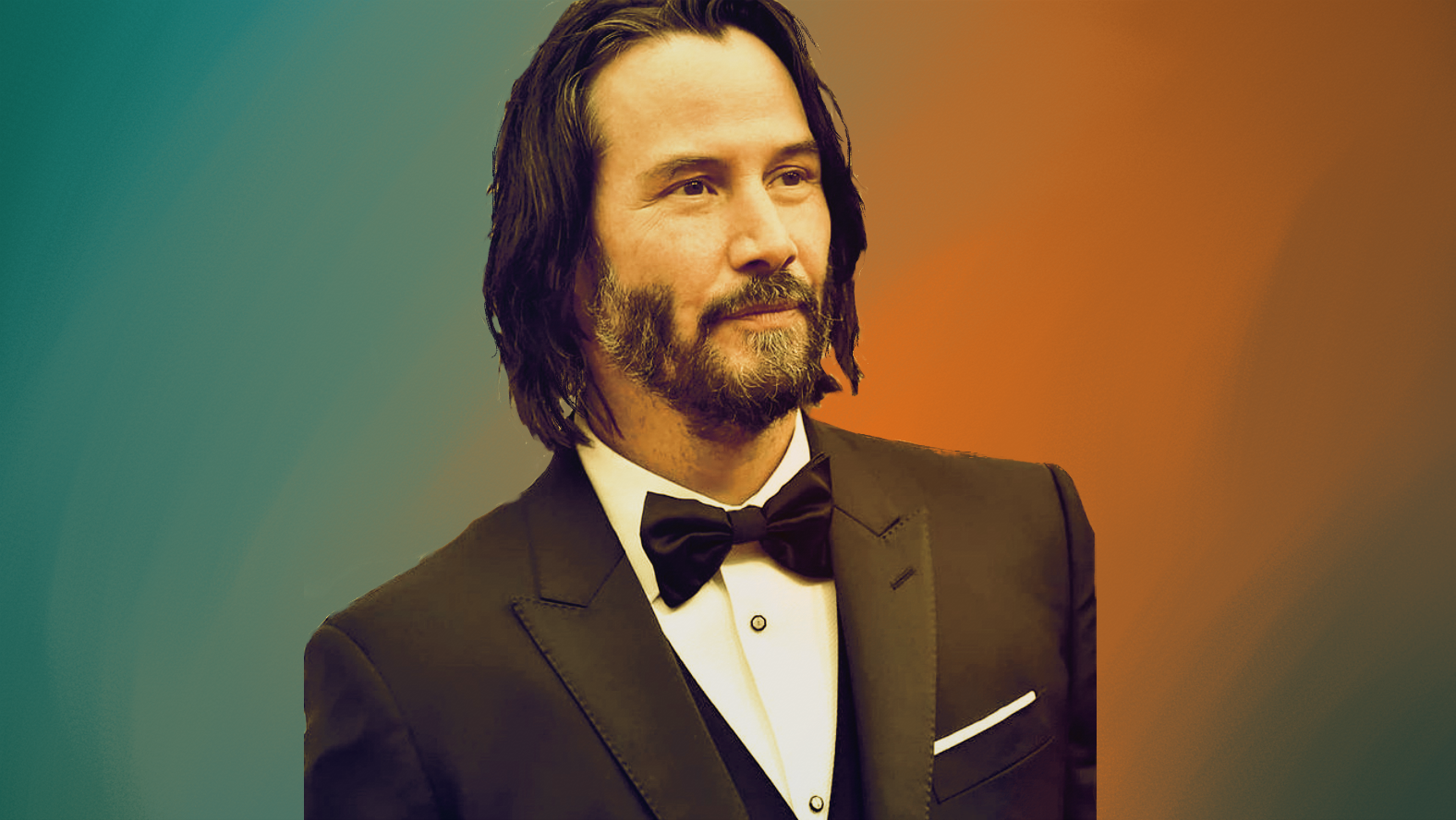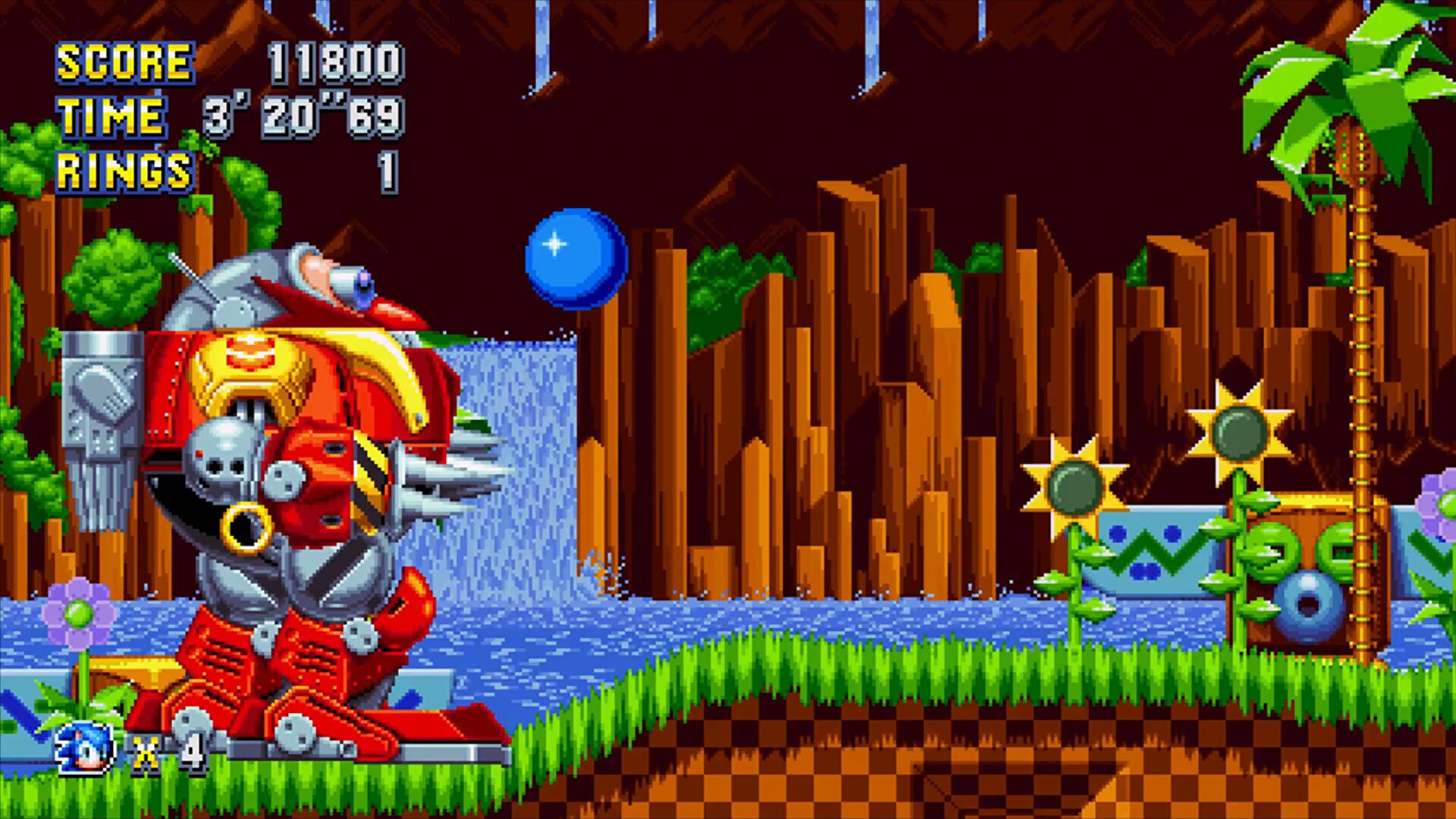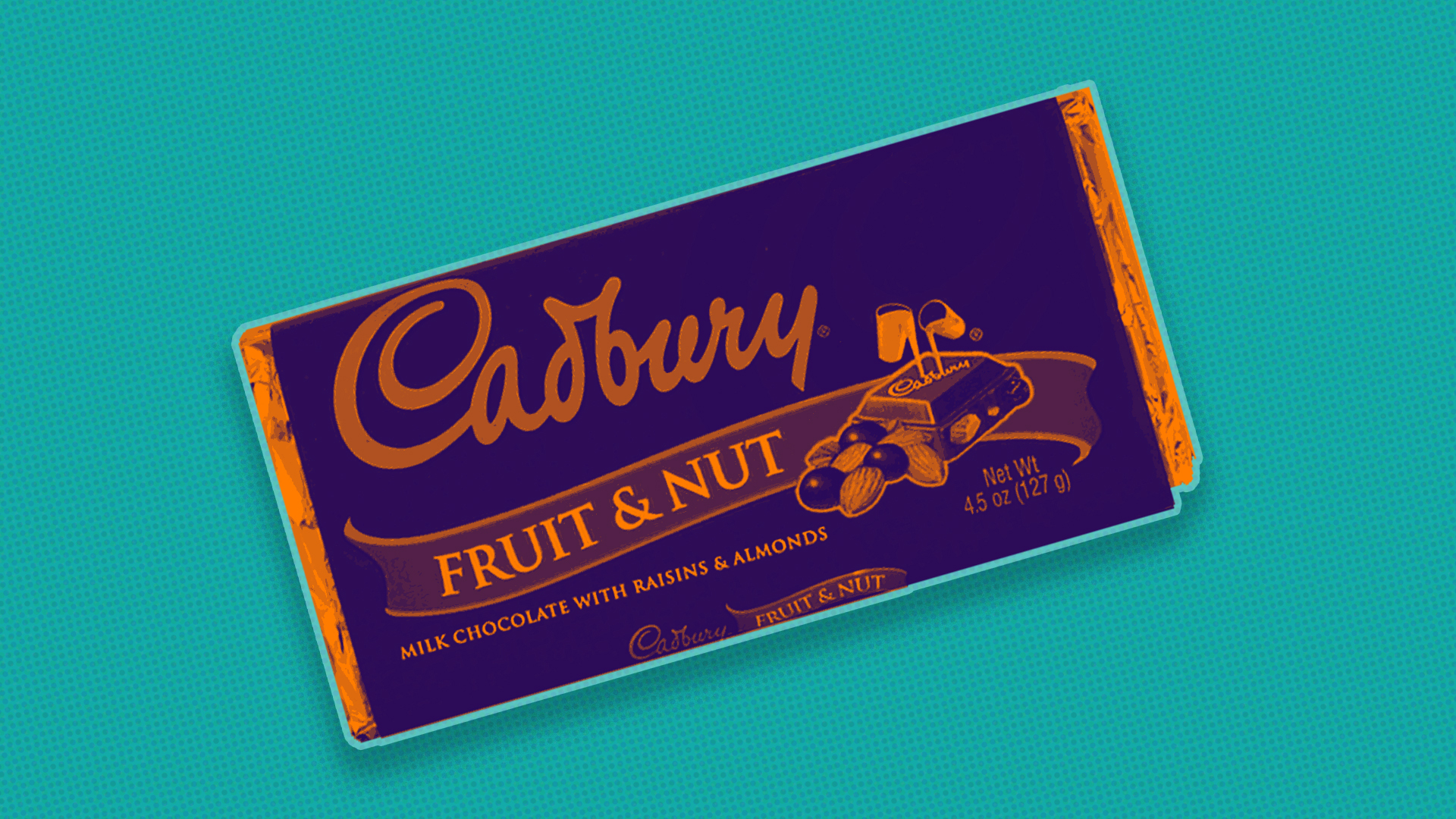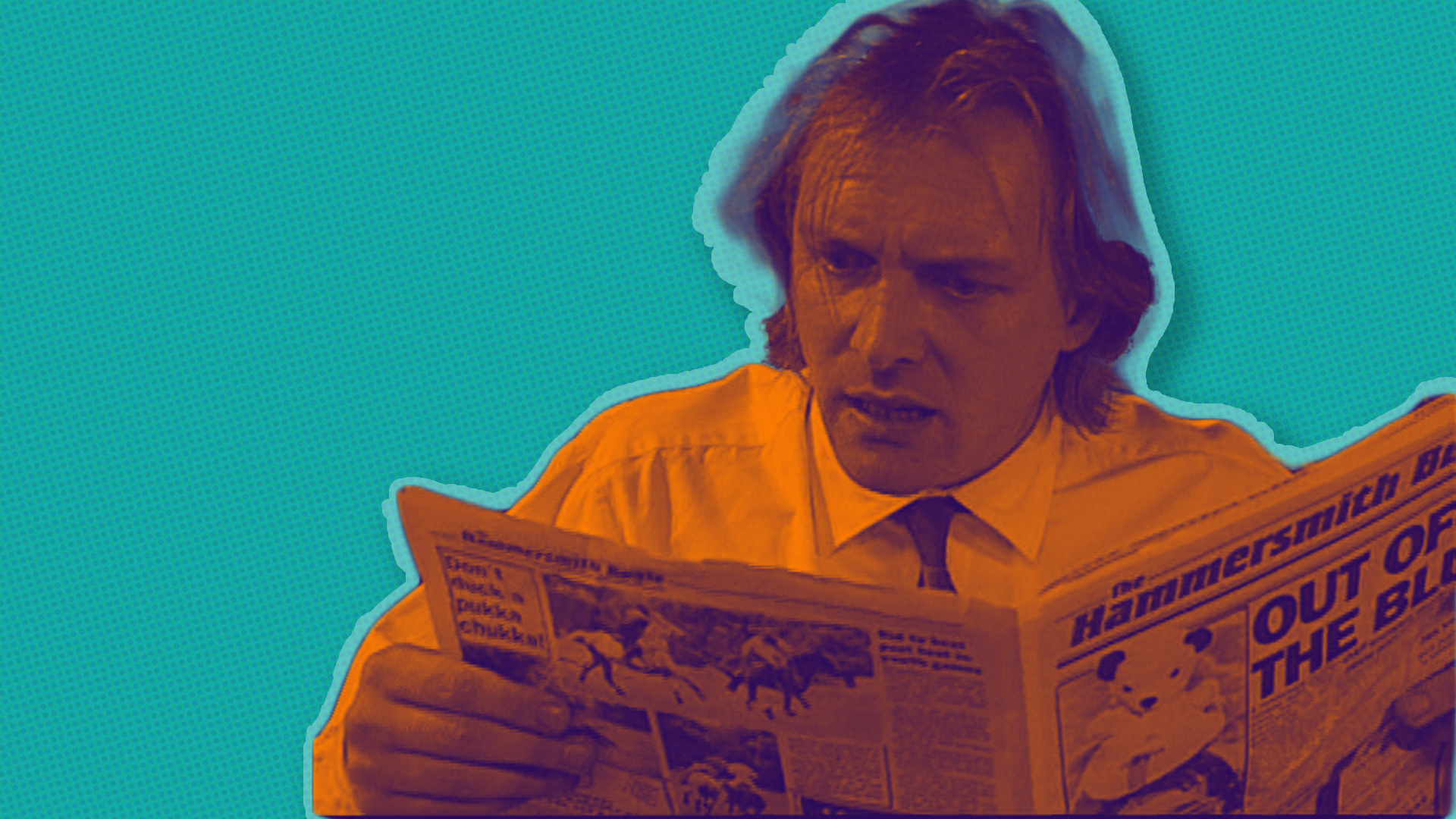With his penchant for sexual proclivity, it’s no wonder The Fonz has a swathe of illegitimate progeny. It was the fifties after all, so I doubt he sheathed up beneath his leather jacket. And God knows where his thumbs have been.
Happy Days is one of ABC’s longest running sitcoms, and one of the longest running prime time shows in its history. Inevitably, something so successful will give rise to spin-offs, but Happy Days is one of the most fertile beasts you’ll find and it has an incredibly long lineage.
It’s Mom & Pop is the show Love, American Style. Garry Marshall, Happy Days’ creator, said of Love, American Style, it was where sitcom pilots went to die. His own pilot, New Family In Town was proving difficult to sell to the big three networks. It was shot with Ron Howard as Richie, Marion Ross as his mother, Anson Williams as Potsie, Howard Gould as Howard and Susan Neher as Joanie.
When Marshall failed to find it a home, he sold it to Love, American Style, which aired the pilot and re-titled it Love & The Happy Days.
Life can be serendipitous, and shortly after a wave of 50s nostalgia hit, probably fuelled by the movie American Graffiti and the Broadway hit Grease. Thus, ABC suddenly realised they loved the pilot after all, and commissioned a series.
As its ratings grew, the Fonz started to dip his wick, and a number of offs were spun.
The most successful of these was Laverne & Shirley, though I don’t remember ever seeing this on UK television. My only real experience of it is the Wayne’s World spoof of the title sequence.
The show was set in 60s Milwaukee, which allowed a few of the Happy Days cast to pop in occasionally. The two main characters first appeared in an episode of Happy Days in which they dated The Fonz and Richie.
Penny Marshall and Cindy Williams appealled to the audience, and ABC wanted them in their own series as quickly as possible.
So Garry Marshall’s team wrote a ten minute teaser pilot, which they shot after filming an episode of Happy Days, and ABC bought the series. When it aired, it became the first ever American sitcom to reach number one.
While all appeared happy and carefree on the television screen, there were problems behind the scenes. Both Marshall and Williams were relatively young, and the sudden success of Laverne & Shirley led to friction between the two stars. Part of the problem was the fact that the Marshall family was just about everywhere on the show–Penny on screen; brother Gary producing; father Tony and other siblings behind the scenes. (At the time, Penny was also married to Rob Reiner, who was portraying son-in-law Mike Stivic on All In The Family.) Penny would later say that she felt she didn’t earn her success because her brother picked her to co-star. The ties weren’t any easier for Williams; she often felt as if she were an outsider in a weekly family reunion. During the first several seasons, there were reported fights on the set; both actresses had contracts that specified each would get the same amount of money and perks. At one point, Williams reportedly walked off the set in tears; new writers were brought in and calm was restored for the most part. (Television Heaven)
But in 1979, ABC moved the show to a new slot, and its rating declined without the strong lead-in from Happy Days. And in 1982, things became even worse. Williams got pregnant (not by the Fonz), and the studio wanted her to maintain her working hours. Fed up, Williams walked off the set, and never returned. Shirley was hastily, and inelegantly, written out of the show by means of a farewell letter to Laverne, and the show struggled to win any audience against the new NBC hit The A-Team.
But Happy Days wasn’t done spawning top 20 sitcoms.
When Mork from Orc landed in Milwaukee in the fifties, it was inevitable he would meet Richie and The Fonz. The popularity of Robin Williams’ character meant it was also inevitable he would get his own series.
After his initial appearance on Happy Days in February of 1978, it took ABC only 6 months to air Mork & Mindy. The Fonz can impregnate at coooool speeds too. The show was re-tooled to a contemporary seventies setting, and they even re-shot the ending of the Happy Days episode – changing it from a dream to a nice lead-in to the new show.
Through a well seasoned mixture of manic slapstick enhanced enormously by the razor-sharp and brilliantly quick-fire comic invention of Williams (its claimed that he made up almost a third of all the dialogue as he went along), the show became a literal ratings smash which seemed set for a long and successful run. However, it was at this point that a combination of star, producers and network seriously undermined their own hit by making the ill advised decision to shift the show away from its winningly simple formula and attempt more “meaningful” storylines. (This was accomplished very successfully almost two decades later in the award winning ‘3rd Rock from the Sun.’)
The surrealistic and perplexing opening episode of season two had Mork shrink away to nothing and find himself transported to a weird netherworld peopled by broadly caricatured representations of good and evil. Mystified viewers immediately realised something was very, very wrong with the show they had come to love during its maiden run. (TV Heaven)
A massive re-casting of the supporting players didn’t help either, nor did a move of time slots, and the second season saw a drop to almost half the viewing figures. More tampering in the third season, including bringing back some of the culled characters, helped bring back some of the audience too, but the damage was already done.
Ever desperate to re-capture the highs of season one, when the show was number three, producers made even more stupid changes in season four. Mork married Mindy and they had a man-child called Mearth, who aged backwards like his father.
Despite the initial charm and genuine comedy invention of the show’s first season, and the odd warmly welcome intermittent latter moments which allowed a showcase for William’s unrestrained, scattergun stream-of-consciousness joke-a-second style, ‘Mork and Mindy’s’ real claim to fame is one single season of comedy greatness, and the reminder that if a show isn’t broken, then over-ambitious TV executives should never attempt to fix it. (ibid)
I always thought Charles In Charge was another Happy Days spin-off, but I was wrong. Though Chachie did get his own show, alongside Joanie, in the much maligned Joanie Love Chachie.
The show is often regarded as a complete flop, but in its first season it was a top 20 hit. It was cancelled by ABC during its second season because it was losing viewers as each show progressed. This was a new phenomena in 1980, and the shows cancellation raised a few eyebrows, but it has become more the norm these days. After it was axed, Joanie and Chachie returned to Happy Days for its final season.
But Happy Days still wasn’t done dropping sprogs. If only it had heard of the pill.
Out Of The Blue was intended as a spin-off, but some daft twunt at the network aired the series a week before the episode of Happy Days featured the main character, Random.
Out of the Blue has engendered debate amongst some viewers concerning its precise relationship to Happy Days. The controversy arises from the fact that the first episode of the show was broadcast a little over one week prior to an episode of Happy Days featuring Jimmy Brogan’s character, “Random.” Television observer and owner of Sitcoms Online, Todd Fuller, maintains that because “Chachi Sells His Soul” aired on 18 September 1979, Random’s appearance on this Happy Days episode was a crossover. He goes on to postulate: “The Happy Days episode was likely a promotional tool for Out of the Blue to make the character more known.”
Thom Holbrook, veteran crossover and spin-off analyst, sees the arguments against calling it a spin-off, but ultimately concludes: “Making it a crossover would be basing things all on an odd bit of scheduling decades ago. The intent was spin off. The tone of the Happy Days episode is that of a dry run on the character, that of a pilot episode. (Wikipedia)
That debacle however, learned ’em nothing. Because, um, two years earlier (yeah, I’m not re-writing the whole blog because of a dating problem) Happy Days squeezed out Blanksy’s Beauties.
The cross-overs in this show get a little complicated.
Nancy Walker played Richie’s cousin Nancy Blanksy in a 1977 episode of Happy Days. A week later, on February 12th, Blanksy Beauties went to air. Although the episode of Happy Days was set in the 1960s, the new series was set in the 70s, with no real explanation. It also featured the 17 year-old Scott Baio playing a 12 year old kid who wasn’t Chachie.
Keeping up?
Eddie Mekka’s character was the cousin of a Laverne & Shirley character who was also played by Eddie Mekka, who he continued to play at the same time as Blanksy’s Beauties. In the first episode, Eddie’s character meets Pinky Trocadero, who wore the same outfits from her Happy Days appearances, set in the fifties, but now sporting a seventies haircut; having not aged a single day in two decades.
Nancy (remember her?) also implies she knows Laverne from Laverne and Shirley, and then Pat Morita turns up as Arnold from Happy Days, who has also not aged a single day in twenty years. He opens a coffee shop, then buggers off back to the past to run his diner in later seasons of Happy Days, while his replacement there, Al Molinaro moved to Joanie Loves Chachie.
Scott Baio would then turn up on Happy Days as Chachie when this series was cancelled; though the whole concept of Blanksy’s Beauties was reworked again into another failed pilot called Legs; and THAT pilot was tinkered with further to become Who’s Watching The Kids.
You’d think their heads would be too fucked now to do any more, but no.
There are two animated spin-offs from this promiscuous fifties stud.
The Fonz and the Happy Days Gang ran for two years on ABC and aired 24 episodes. It featured The Fonz and his dog, Mr Cool. There was also Cupcake, a girl from the future who has abducted Fonzie, Richie and Ralph Malph.
When this show ended, the ANIMATED Fonz and Mr Cool were re-cast in the second cartoon spin-off The Mork & Mindy/Laverne & Shirley/Fonz Hour. The Fonz and his dog joined the army and worked in the motorpool with Laverne & Shirley or something, while Mork came to Earth as a teenager in the fifties but still knew Mindy even though they hadn’t met yet, and Mork had a six-legged dog thing called Doing.
By this time, they’d milked Fonzie’s balls dry, and didn’t make any more spin-offs.
Except the stage show, the reunion, the second stage show, another reunion and the lawsuit claiming unpaid royalties.
